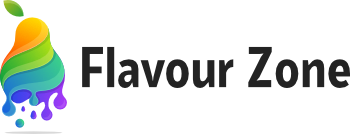The term “FDA white list” is not an official designation, but it’s often colloquially used to refer to the list of substances that the U.S. Food and Drug Administration (FDA) has approved for specific uses in food, drugs, or cosmetics. These lists are part of the Code of Federal Regulations (CFR), specifically Title 21, which covers food and drugs.
For food additives, including flavourings, the list can be found in various parts of 21 CFR, such as Part 172 for food additives permitted for direct addition to food for human consumption or Part 182 for substances that are Generally Recognized as Safe (GRAS).
The FDA lists can be found here: Food Substances List and Food Additives List
It’s important to note that the FDA maintains lists of different types of substances and their intended uses. For example:
- Food additives have their own list, which includes both synthetic and natural substances that can be used in food.
- Colour additives have a separate list, as they are subject to different regulations.
- GRAS substances, while not technically “approved” by the FDA, are also listed in the CFR if they have been affirmed as GRAS by the FDA.
These lists specify the conditions under which a substance can be used, such as maximum allowable concentrations, the types of food it can be used in, and any labelling requirements.
For flavourings specifically, the Flavor and Extract Manufacturers Association (FEMA) also maintains a list of GRAS flavouring substances, known as the FEMA GRAS list. While not an official FDA list, the FEMA GRAS list is widely recognized and used by the industry as a reference for safe flavouring substances.
So, while there isn’t a single “white list” per se, the various lists in the CFR and other recognized lists like the FEMA GRAS list serve a similar purpose: to provide a reference for substances that have been evaluated and are considered safe for specific uses.
